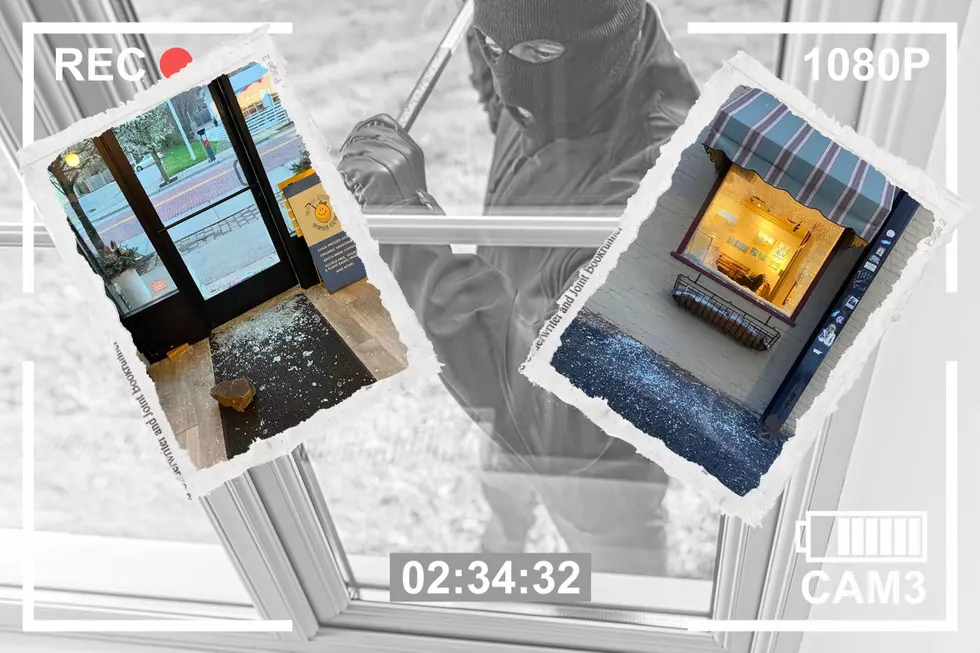
Winter Olympics: Dangers of Short-Track Speedskating Mean Risks and Rewards
By Allyson Burger | BSU at the Games
During the semifinal 500-meter race at the 2010 U.S. Olympic trials for short-track speedskating, J.R. Celski let out agonizing screams as blood poured from a large wound on his inner thigh after he caught a turn too tight.
The gash resulted in six inches of his own blade cutting into his leg, severing his muscle.
In another freak accident, short-track skater Trevor Marsicano lost 50 percent of his blood volume on the ice to another skater’s blade in a 2004 race.
Even Apolo Anton Ohno, the legendary U.S. Olympian, was tangled in a three-skater crash in the 2002 Winter Olympic Games in Salt Lake City. He did so just before crossing the finish line, winning a silver medal with a gash on his left leg from his own razor-sharp skates.
Short-track speedskating is traditionally one of the most-watched events in the Winter Games, amounting to more than 22.5 million viewers on average during the 2010 Vancouver Winter Olympics, according to Nielsen records.
But few spectators know the high risks in the sport until they witness such gruesome injuries.
A study by the American Journal of Sports Medicine after the Salt Lake City Winter Olympics examined the training load related to injury for 95 elite-level skaters. The results showed 61 of the 95 athletes sustained at least one injury during the previous season, and the most commonly reported places of injury were the knee, ankle, spine, leg and groin.
The two most common injuries occurring on-ice were ankle fractures (10.2 percent of athletes studied) and lacerations from the knee down (11.1 percent).
Leg laceration injuries, such as those suffered by Celski and Marsicano, are caused by the skate blade itself. Men’s speedskating blades are generally 3.5 to 4 inches long and one millimeter thick. The longer and sharper the blade, the faster the skate on the slippery ice surface, which is why this injury is so common compared to others.
Additional protection
To minimize the risk for such injuries, short-track skating requires more safety equipment than long track, in which the athletes are actually armed with nothing but thin skin suits, protective glasses and their skates. Short track athletes wear skin-tight racing suits with hoods to decrease air resistance, glasses to protect their eyes from the wind and flying ice chips as well as to reduce the glare to improve the visibility of the track and hard-shell helmets.
Additional safety equipment required in training and competitions, as stated in the U.S. Speedskating rules and regulations, include gloves, shin protection, padded knee protection, neck pads and sharp round-edge speed skates conforming to the most current International Skating Union regulations.
Like in all high-level competition sports, the modern high-end safety equipment in short-track speedskating cannot prevent all injuries on the ice. The sharp turns and high speeds commonly lead to on-ice injuries, such as that of three-time Olympian and Sochi hopeful Allison Baver.
The 33-year-old U.S. skater was mid-race at the ISU World Cup on Feb. 8, 2009, when she and one of her teammates collided. Baver sustained a spiral fracture in her right leg, split her tibia, and also experienced significant damage to her ankle. Baver was able eventually to recover but only after an intense physical-therapy treatment involving six-hour rehab sessions of stationary bicycling, squats and deep stretching.
These same exercises are central in the treatment and recovery plan created by Dr. Eric Heiden, an orthopedic surgeon and a retired five-time Olympic gold medalist in speedskating. He now uses them with Celski and Baver.
In the few months between the Vancouver Games and his injury, Celski was able to finish physical rehabilitation and ice training in time to return to his spot on Team USA and compete in Vancouver, where he had a breakout performance and won the bronze medal in both the 1,500-meter race and the 5,000-meter relay event. Baver also made the American team just short of a year after breaking her leg, and finished in Vancouver with the bronze medal in the women’s 3000-meter relay.
Sochi hopes
Both Celski and Baver competed for a spot on the U.S. Olympic team during the short-track trials in early January, but only Celski secured a spot on the team for the Sochi Winter Olympics. Celski, a 23-year-old Bay Area native who attends the University of California-Berkeley, set the world record in the 500 with a time of 39.937 seconds.
While he was still successful in the 2010 Games, Celski said he only now finally feels like he and his skating are “back to normal.” He also said he is eager to assume the leadership position on the team left vacant when Ohno retired at the end of the Vancouver Games.
“We’re making progress as a team,” Celski said. “Apolo was definitely a huge inspiration to us all, but we’re not a one-person team anymore.
"We’ll be ready.”
Channel 95.7 is partnering with BSU at the Games to bring you full Winter Olympics coverage! Follow BSU at the Games on Twitter and Facebook.
More From Mix 95.7










